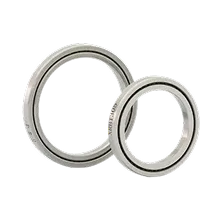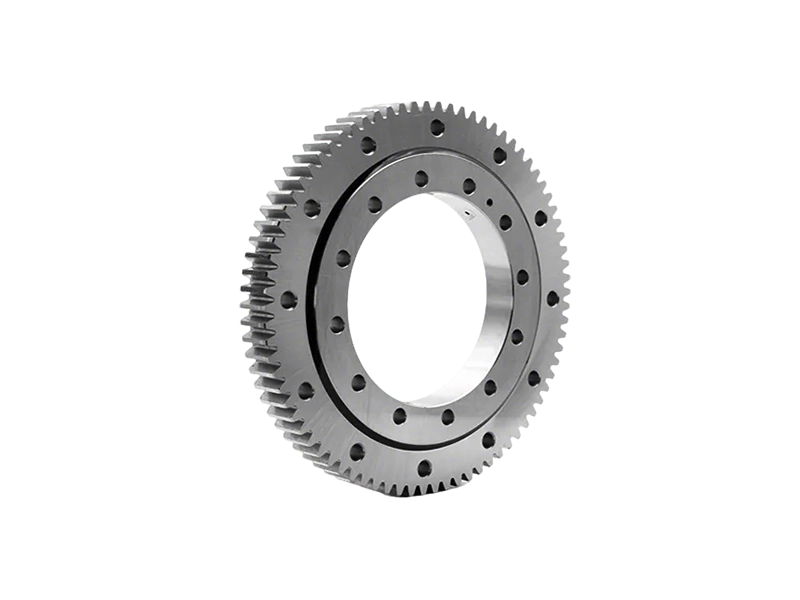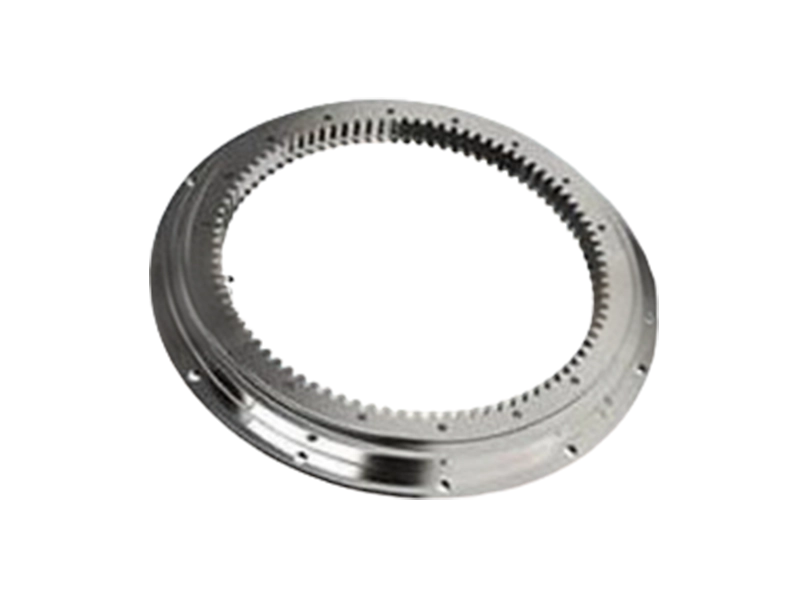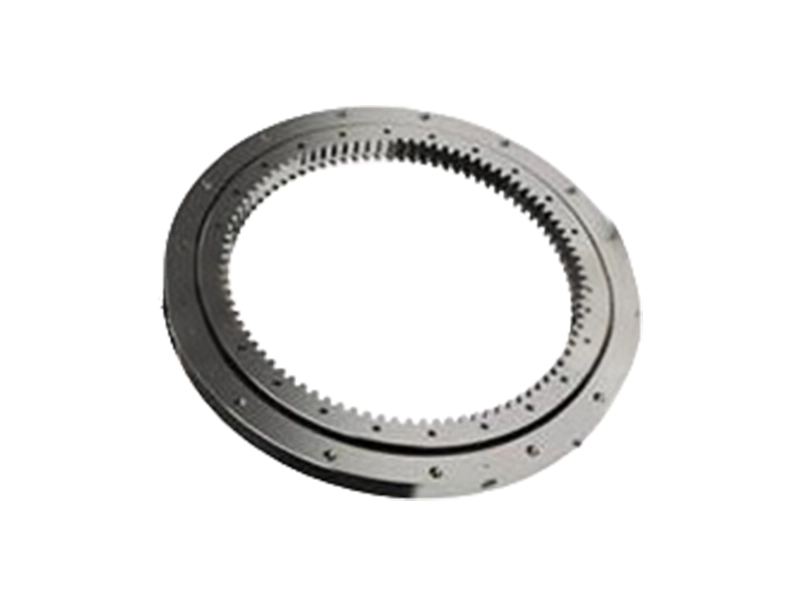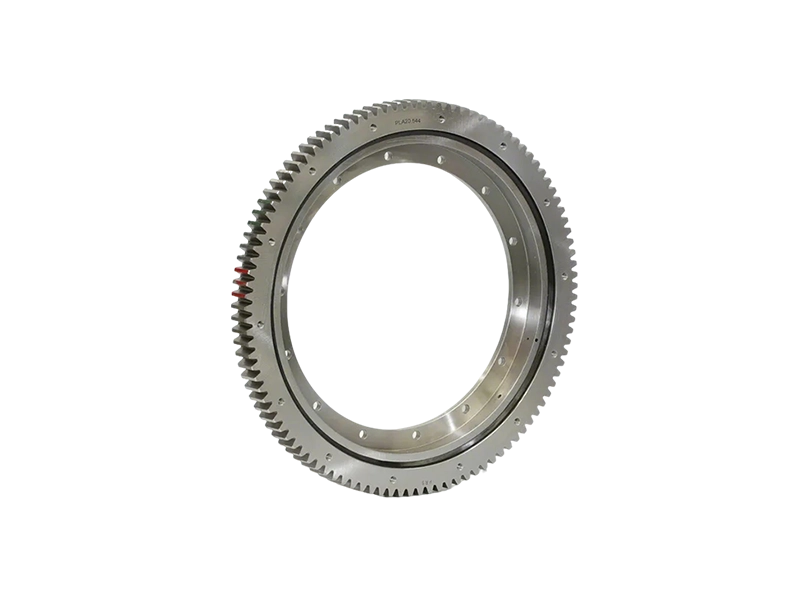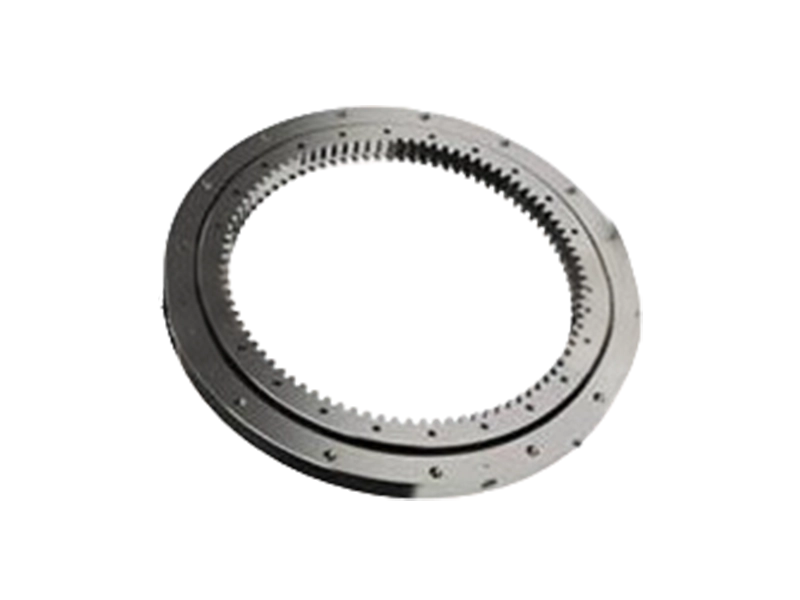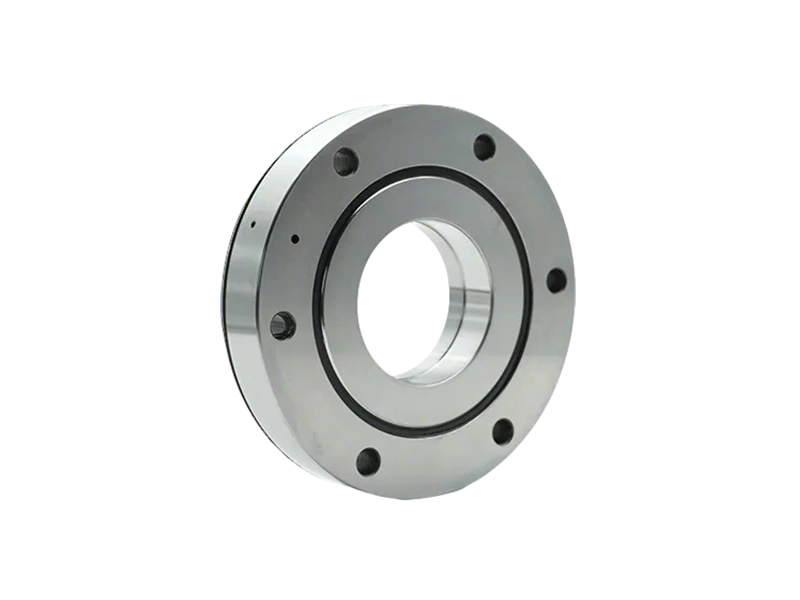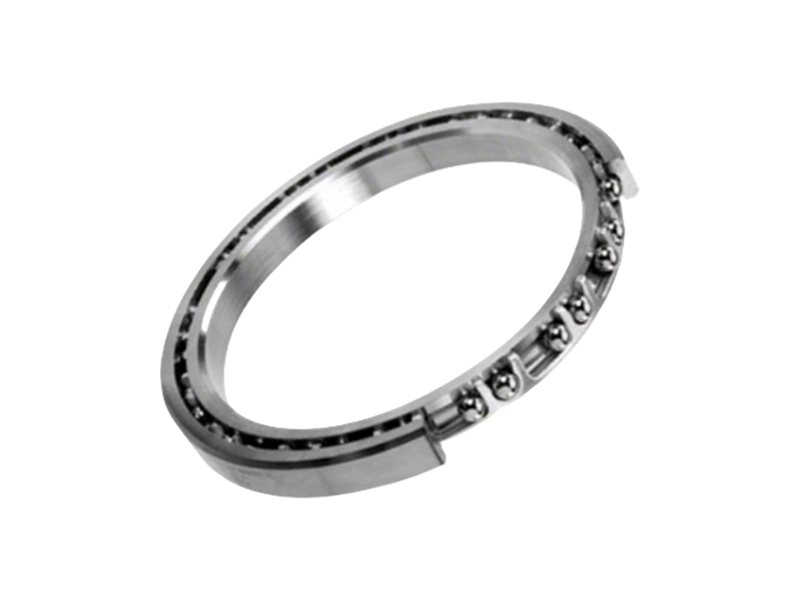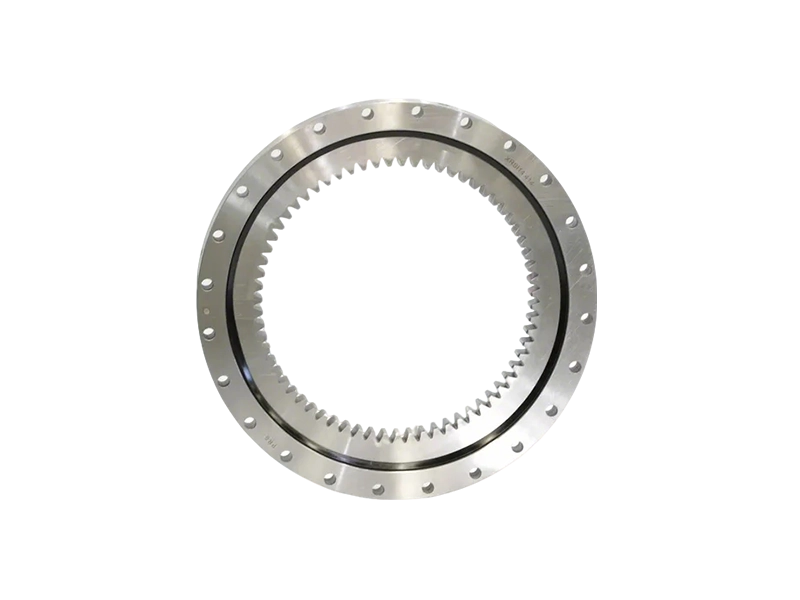What are the types of thin wall bearings?
2025-08-13 02:41:34PRS Bearings
Thin wall bearings, also commonly known as shell bearings, plain bearings, or engine bearings, are a crucial component in high-performance rotating machinery, especially internal combustion engines. They are not a single component but a system that relies on a hydrodynamic film of oil for operation.
This design allows for space and weight savings while maintaining high precision. They are typically categorized into three main types based on their contact style and ability to handle different loads.
Thin Wall Bearings Types
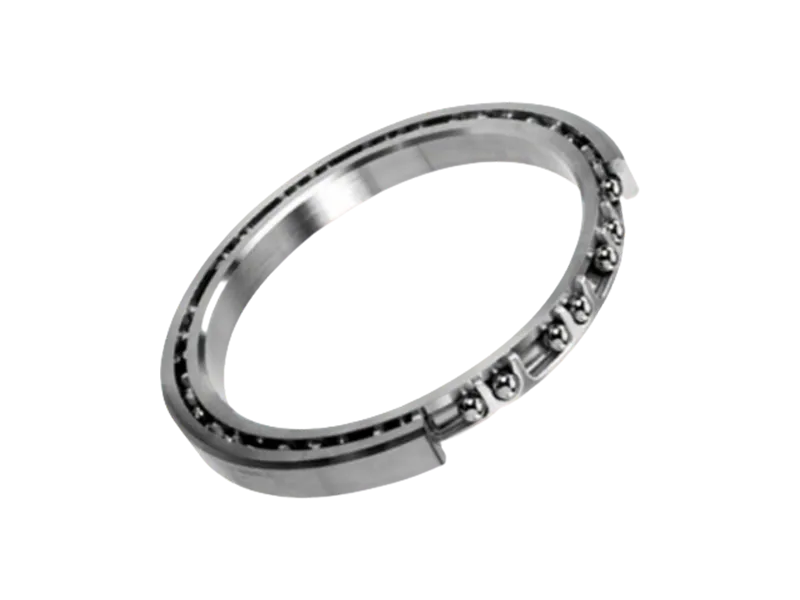
The three primary types of thin-wall bearings are:
Radial Contact (Type C): These bearings are designed with deep ball grooves to primarily handle high radial loads. They can also withstand moderate axial loads and reversing axial loads.
Angular Contact (Type A): This type is best suited for applications with high axial (thrust) loads. They can also handle a combination of radial and axial loads. However, they are typically used in pairs (duplex pairs) to handle axial loads in both directions.
Four-Point Contact (Type X): Featuring a "gothic arch" raceway, these bearings create four points of contact between the balls and the raceways. This design makes them ideal for handling moment loads, reversing loads, and axial loads in both directions. They are generally not recommended for pure radial loads.
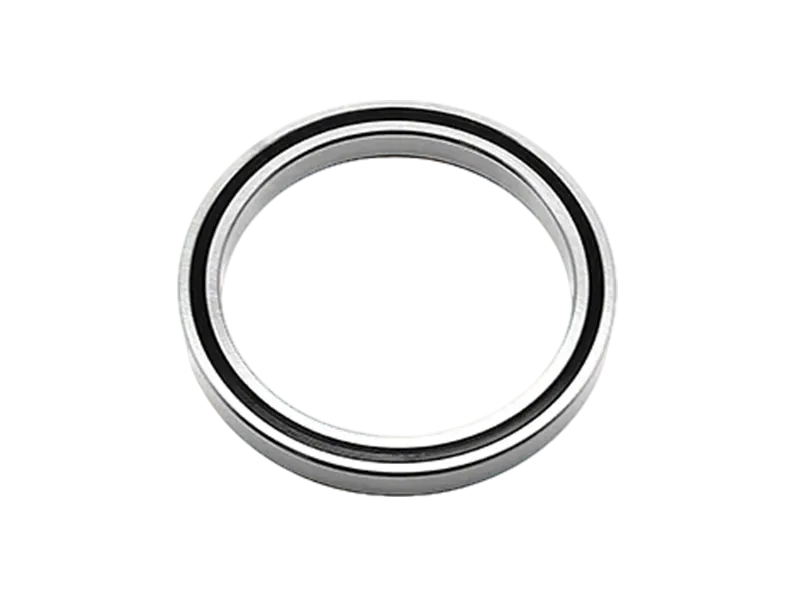
Thin-Section Tapered Roller Bearings: Thin-section tapered roller bearings are designed to accommodate combined radial and axial loads by incorporating tapered rollers and raceways. They offer high load-carrying capacity and are commonly used in automotive, aerospace, and industrial applications.
Thin-section tapered roller bearings are available in various configurations, including single-row, double-row, and four-row designs, to suit different application requirements.
These are just a few examples of the types of thin-wall bearings available. Each type offers unique advantages and is suitable for specific applications based on factors such as load capacity, speed, precision, and space constraints. It's essential to select the right type of thin-wall bearing based on the requirements of your application to ensure optimal performance and reliability.
 XRT Series Crossed Tapered Roller Bearings
XRT Series Crossed Tapered Roller Bearings XV Series Crossed Cylindrical Roller Bearing
XV Series Crossed Cylindrical Roller Bearing XRU Crossed Roller Bearings
XRU Crossed Roller Bearings XRSU Crossed Roller Bearings
XRSU Crossed Roller Bearings XRE Crossed Roller Bearings
XRE Crossed Roller Bearings XRC Crossed Roller Bearings
XRC Crossed Roller Bearings XRBH Crossed Roller Bearings
XRBH Crossed Roller Bearings XRB Crossed Roller Bearings
XRB Crossed Roller Bearings Ultra Thin XRBS Crossed Roller Bearings
Ultra Thin XRBS Crossed Roller Bearings Ultra Thin XRA-C Crossed Roller Bearings
Ultra Thin XRA-C Crossed Roller Bearings Ultra Thin XRA Crossed Roller Bearings
Ultra Thin XRA Crossed Roller Bearings XRBC Crossed Roller Bearings
XRBC Crossed Roller Bearings
























